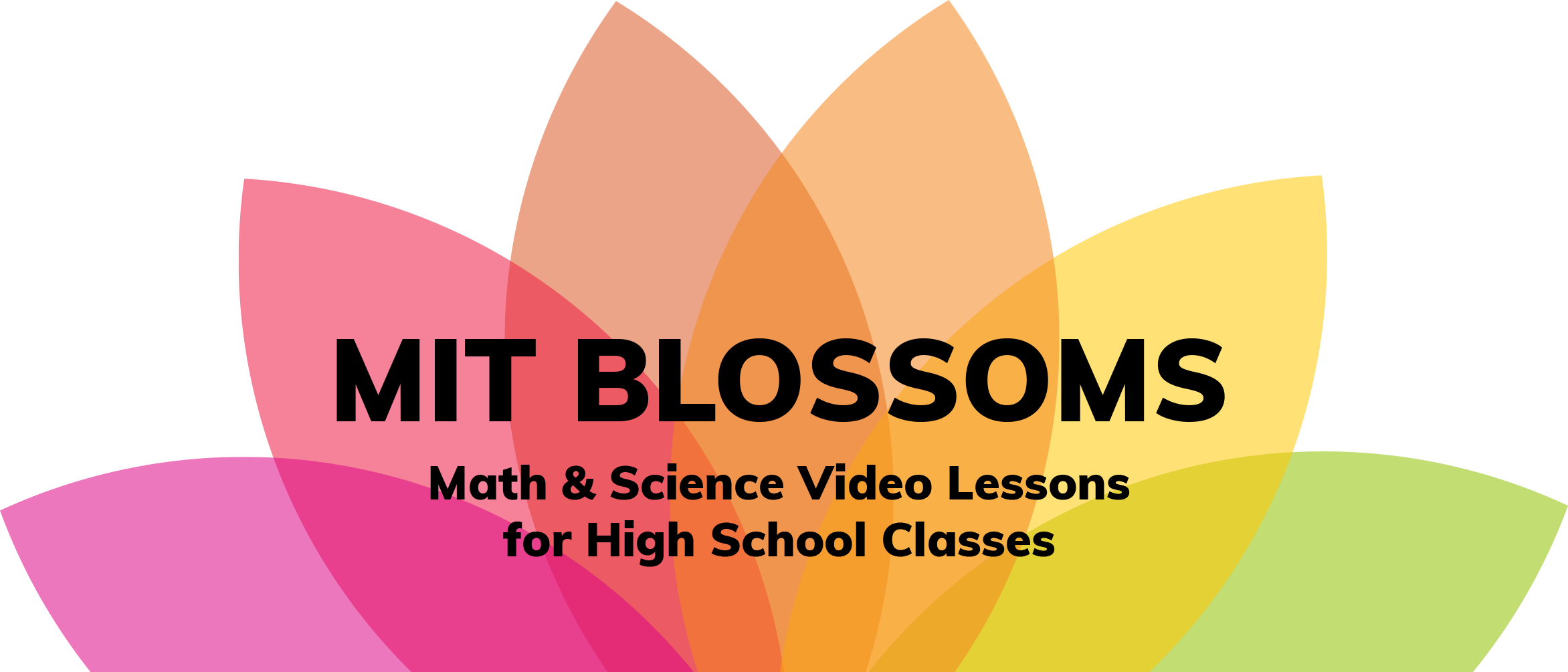Stoichiometry is the study of the quantitative aspect of the chemical formula and reactions. Problem-solving in stoichiometry involves the calculation of the masses of other reactants consumed and other products formed with the aid of a balanced chemical equation, given the mass of a reactant or product in a chemical reaction. The aim of this lesson is to relate the concepts of stoichiometry to daily life activities such as baking a cake, production of cars and the chemical reaction in Haber Process to produce ammonia. Using the analogy of cake baking, this lesson demonstrates the meaning of a limiting reactant and how the amount of product produced depends on the limiting reactant. Students are encouraged to determine the amount of ingredients needed when the number of cakes to be baked increases. Students need to see that the number of cakes that could be baked is limited when the amount of one of the ingredients is limited, (i.e. amount of cake baked must be equivalent to the amount of ingredients) and how this situation is related to stoichiometry. Then with this knowledge, students carry out an activity using the chemical equation for Haber Process to produce ammonia, discovering how the amount of ammonia produced depends on the limited reactant - although one of the reactants is in excess. To enhance students’ understanding of the limited reactant, an activity is assigned to determine the number of cars that can be constructed when wheels, doors and steering wheels are given. In this activity, the number of steering wheels is limited. This video lesson is then extended to include an activity of numerical problem solving that involves the oxidation of fat tristearin (C57H110O6) in a camel’s hump to produce water. The lesson will take about 50 minutes to complete. However, teachers may want to divide the lesson into two classes if the activities require more time.


